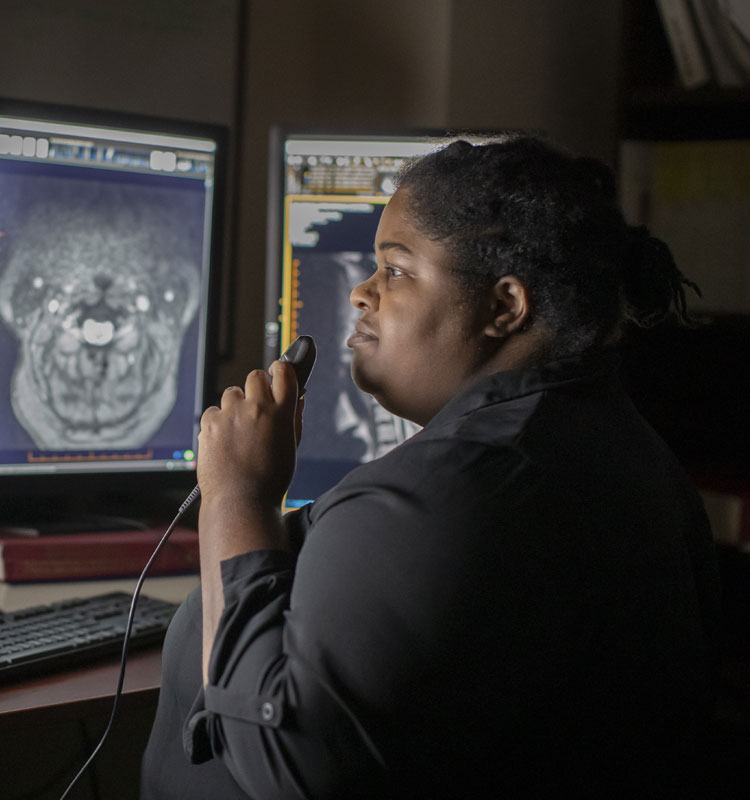Patients

As a patient who has been referred for a diagnostic imaging examination, there are some very important decisions that are not always apparent. There are two distinct yet highly related and important phases to your procedure. The first is the facility where the procedure will be performed. Usually, your referring physician’s office can help you narrow down a reputable, convenient facility that participates with your insurance plan.
ARA Clients










What To Look For in a Diagnostic Facility
Reputable facilities will keep their diagnostic equipment well maintained and strive to hire technologists (the people who operate the MRI, CT, ultrasound, etc.) who are at the top of their field. After you visit the facility and the technologist acquires your images, the second phase begins.
The images are evaluated by a radiologist who will ultimately generate a report of any findings on the images and send that report to your referring physician. The end product is the radiologist report, and both phases are equally important in providing you, the patient, with answers. If the equipment is inferior, it will provide poor images, which can potentially make it more difficult for the radiologist to render a definitive diagnosis. On the other hand, excellent equipment alone does not guarantee an accurate diagnosis if the interpreting radiologist lacks experience with the particular anatomy in question.

Want to Learn More?
If you’re interested in ARA’s radiology services or partnership, please contact us for further details.
